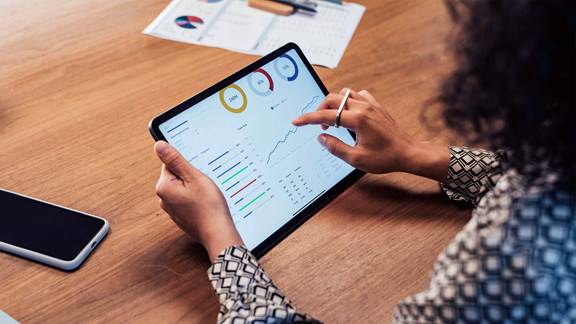CPG (Consumer Packaged Goods) and FMCG (Fast Moving Consumer Goods) brands are facing a crisis. They fear their lack of knowledge about who is using or buying their products. Often, they have no direct relationship with the end consumer and a cookie-less future will further compound this issue.
A first party data strategy is the answer to these challenges. But obtaining information directly from the consumer is a difficulty in itself. What data should you collect, how do you collect it and why should people give it to you? We recently gathered business leaders to discuss these issues, including representatives from Google, Mars, Reckitt, and other major CPGs. Together we came up with some thoughts on:
- Managing data acquisition
- Developing a data strategy
- Developing a Direct to Consumer (D2C) model.
